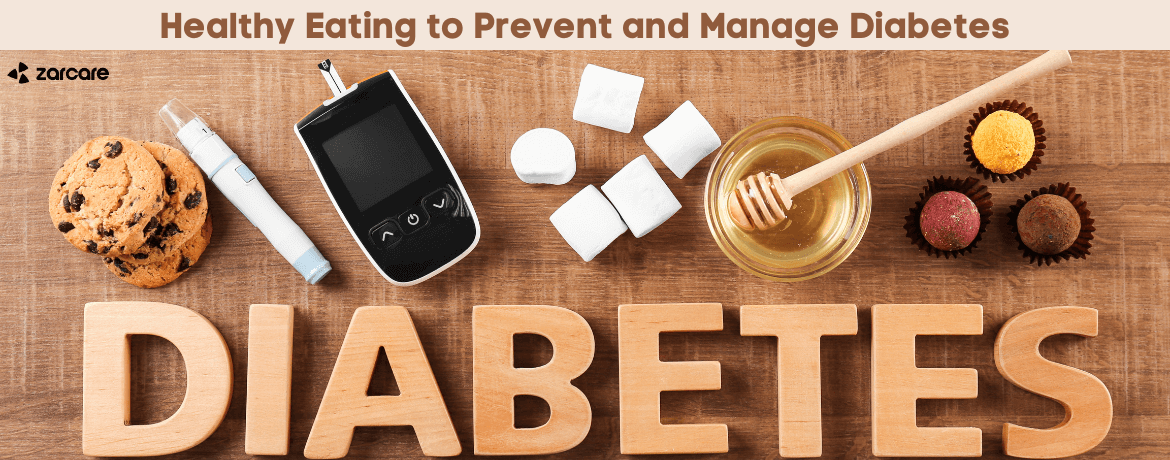Healthy Eating to Prevent and Manage Diabetes in South Africa

Diabetes mellitus is a chronic metabolic disorder characterised by high blood glucose levels resulting from insulin resistance or insufficient insulin production. In South Africa, the prevalence of diabetes is alarmingly high, making effective prevention and management strategies essential. Healthy eating plays a crucial role in preventing and managing diabetes, offering a sustainable approach to maintaining optimal health. Diabetes is broadly categorised into two types: Type 1 and Type 2. Type 1 diabetes is an autoimmune condition in which the body does not produce insulin. In contrast, Type 2 diabetes is more common and is often associated with lifestyle factors, such as poor diet and lack of physical activity. South Africa has a notably high prevalence of Type 2 diabetes, which can largely be prevented and managed through healthy eating and lifestyle modifications. Fruits and Vegetables: A diet rich in fruits and vegetables provides essential vitamins, minerals, and fibre. Aim for a variety of colours and types to ensure a wide range of nutrients. Whole Grains: Whole grains, such as brown rice, whole wheat bread, and oats, are high in fibre and help regulate blood sugar levels. Lean Proteins: Include lean sources of protein, such as skinless chicken, turkey, fish, legumes, and tofu. These help maintain muscle mass and promote satiety. Healthy Fats: Incorporate healthy fats from sources like avocados, nuts, seeds, and olive oil. Avoid trans fats and limit saturated fats. Low-Glycemic Index Foods: Choose foods with a low glycemic index (GI), which have a slower impact on blood sugar levels, such as lentils, beans, and non-starchy vegetables. Hydration: Drink plenty of water and limit sugary beverages. Staying hydrated is essential for overall health and helps manage blood sugar levels. Balanced Meals: Each meal should include a balance of carbohydrates, proteins, and fats. The plate model can be a useful guide: fill half the plate with non-starchy vegetables, one-quarter with whole grains, and one-quarter with lean protein. Portion Control: Be mindful of portion sizes to avoid overeating. Using smaller plates and bowls can help control portions. Regular Meals: Eat regular meals and snacks to maintain steady blood sugar levels throughout the day. Avoid skipping meals, especially breakfast. Healthy Eating Habits: Adopting a balanced diet rich in fruits, vegetables, whole grains, lean proteins, and healthy fats is key to preventing diabetes. Limit Sugary Foods and Beverages: Reduce the intake of sugary foods and beverages, which can contribute to weight gain and increased blood sugar levels. Regular Physical Activity: Combine healthy eating with regular physical activity to maintain a healthy weight and improve insulin sensitivity. Education and Awareness: Raise awareness about the importance of healthy eating and its role in diabetes prevention through community programs and media campaigns. For individuals already diagnosed with diabetes, healthy eating remains a cornerstone of management. Regularly monitoring blood sugar levels, adhering to a balanced diet, and collaborating with healthcare professionals are essential for effective management. Conclusion Healthy eating is a powerful tool in the prevention and management of diabetes in South Africa. By embracing a balanced diet and making informed food choices, individuals can significantly reduce their risk of developing diabetes and improve their overall health. Public health initiatives and education programs play a vital role in promoting healthy eating habits and supporting individuals in their journey toward better health. ReferencesUnderstanding Diabetes
Key Components of a Healthy Diet
Meal Planning and Portion Control
Prevention Strategies
Management of Diabetes
